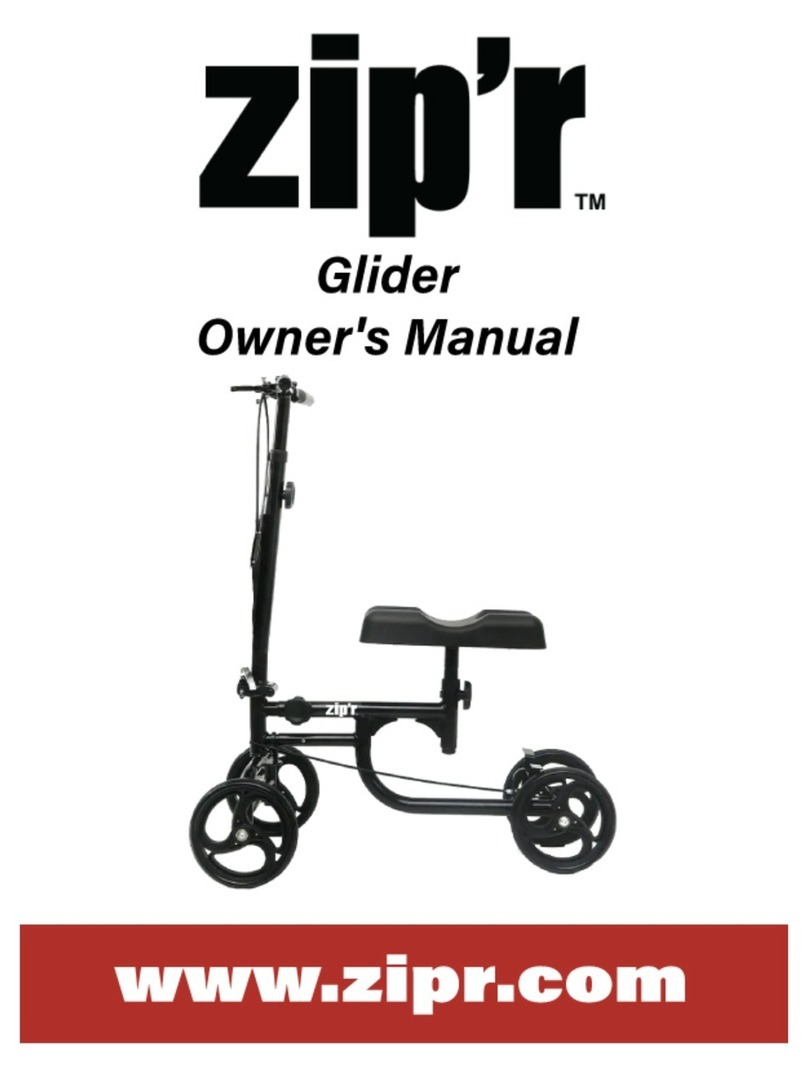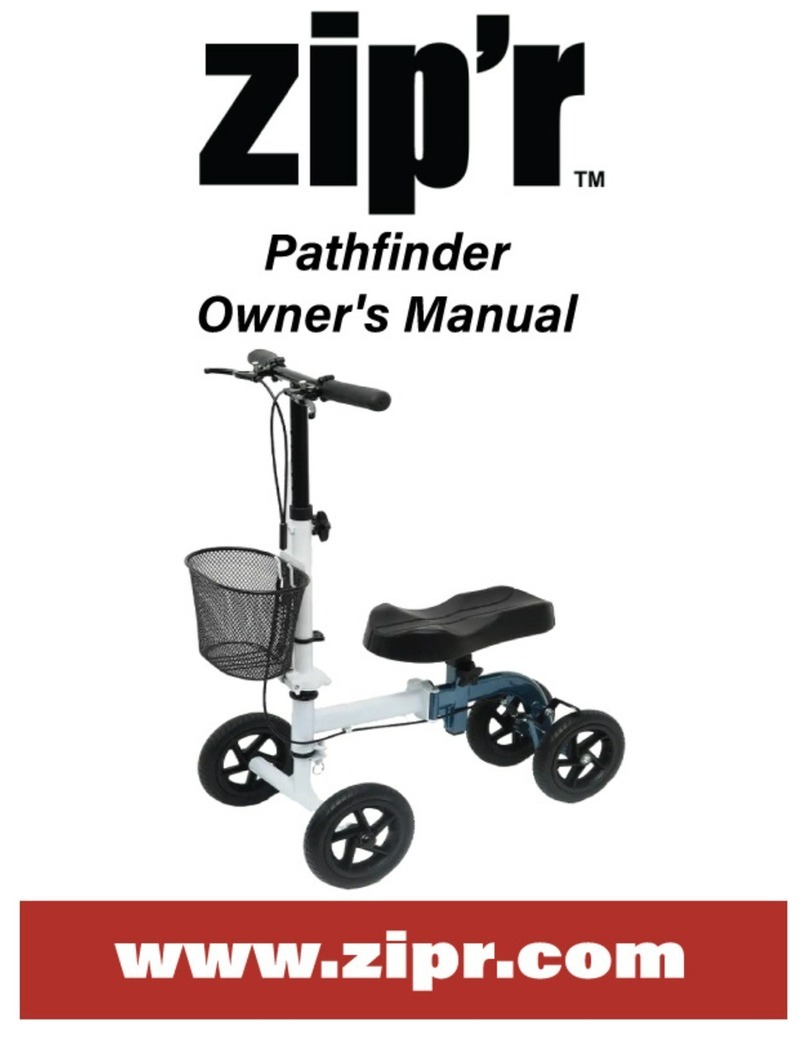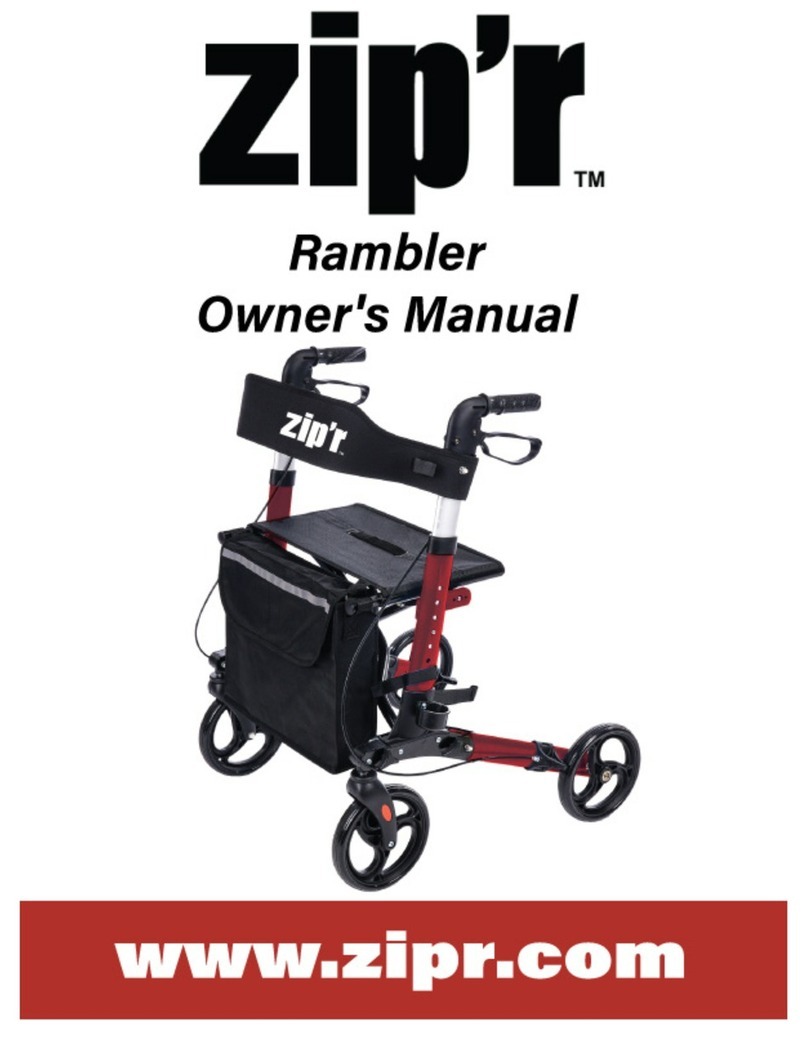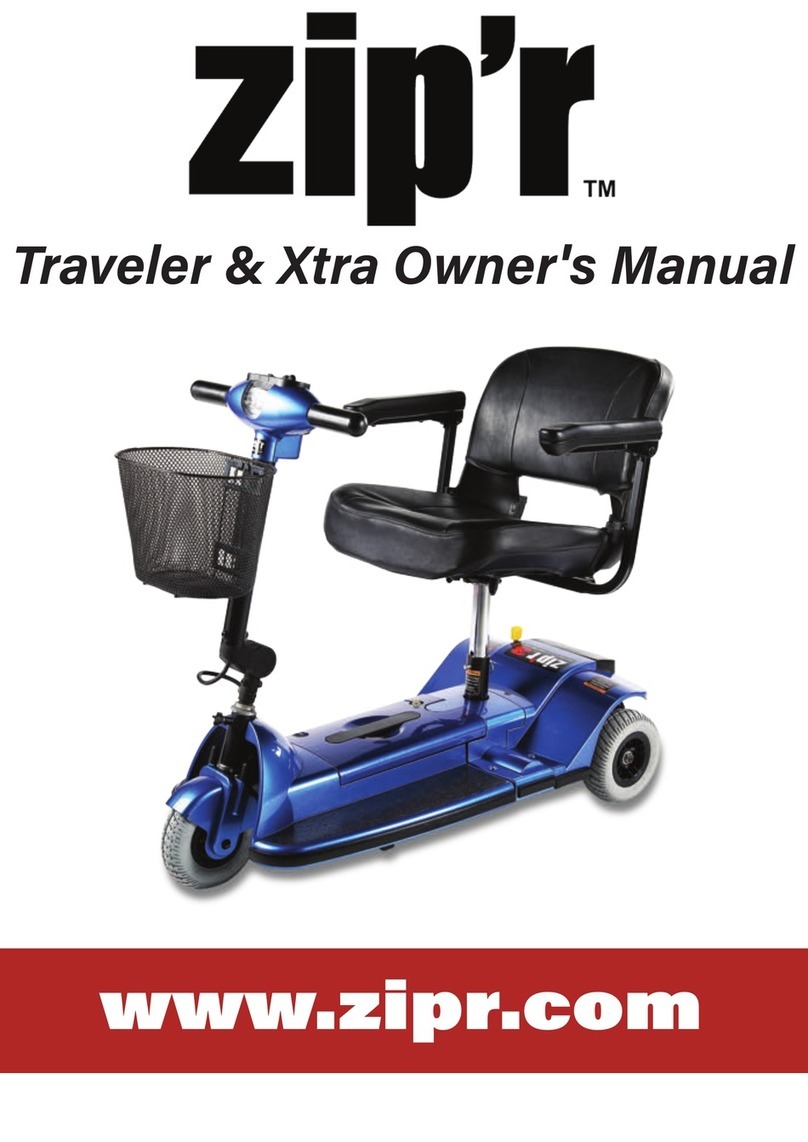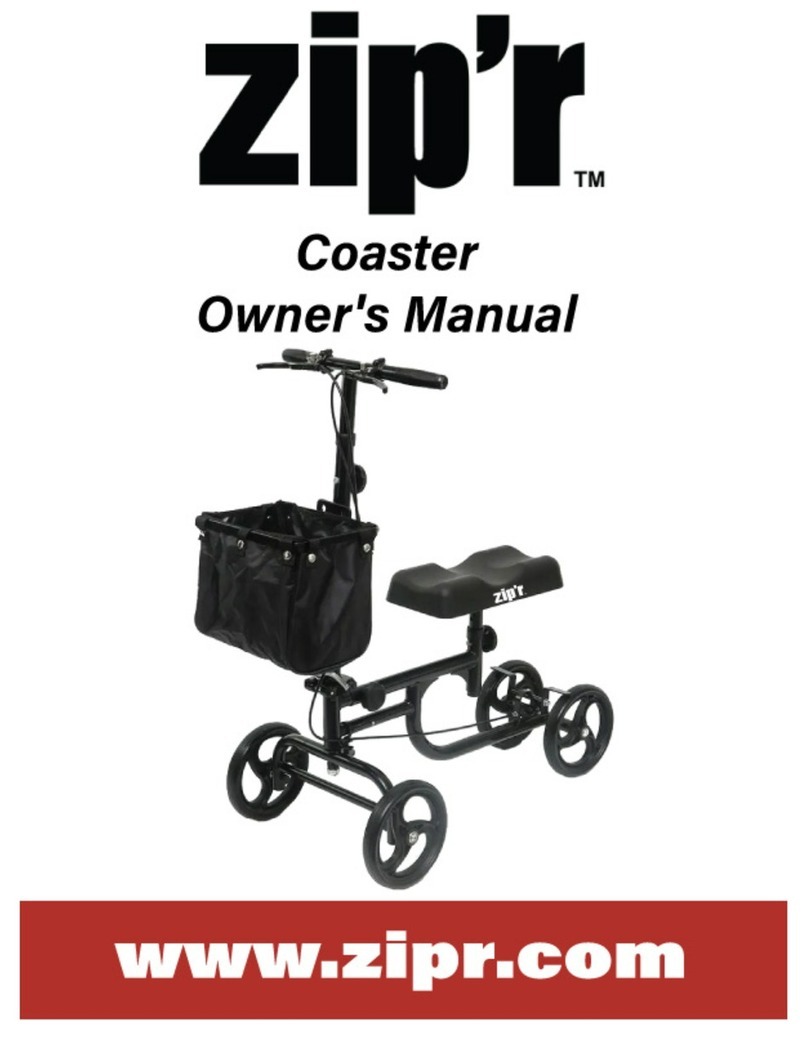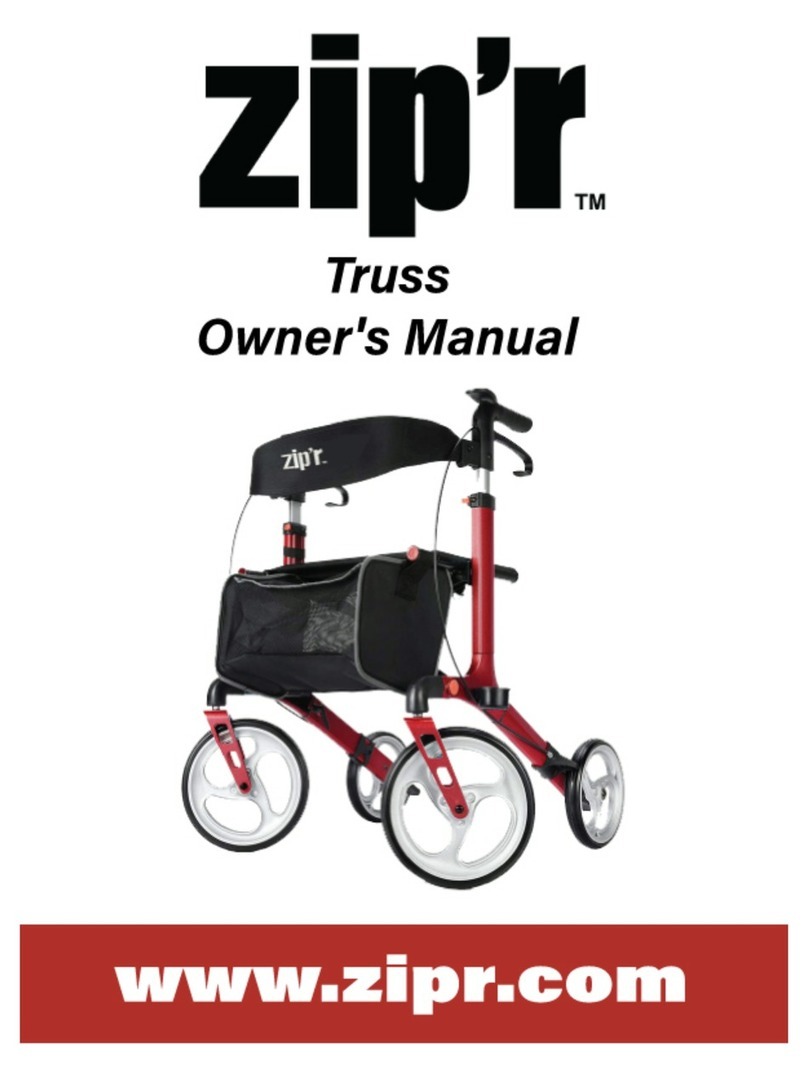
users. Please be aware that the final selection and purchasing decision regarding the type of
mobility scooter to be used is the responsibility of the mobility scooter user who is capable of
making such a decision and his/her healthcare professional (i.e., medical doctor, physical
therapist, etc.)
The contents of this manual are based on the expectation that a mobility device expert has
properly fitted the mobility scooter to the user and has assisted the prescribing healthcare
professional and/or the authorized provider in the instruction process for the use of the product.
There may be certain situations, including some medical conditions, where the mobility scooter
user will need to practice operating the mobility scooter in the presence of a trained attendant. A
trained attendant can be defined as a family member or care professional specially trained in
assisting a mobility scooter user in various daily living activities.
As you begin using your mobility scooter during daily activities, you will probably encounter
situations in which you will need some practice. Simply take your time and you will soon be in
full and confident control as you maneuver through doorways, on and off elevators, up and
down ramps.
Provided below are some precautions, tips, and other safety considerations that will help you
become accustomed to operating the mobility scooter safely.
PRE-RIDE SAFETY CHECK:
Get to know the feel of your mobility scooter and its capabilities. We recommend that you
perform a safety check before each use to make sure your mobility scooter operates smoothly
and safely.
Perform the following inspections prior to using your mobility scooter:
•Check all harness connections. Make sure they are secured properly.
•Check the battery level indicator to ensure the batteries are fully charged.
•Check the brakes to ensure they operate properly.
•Check the condition of the tires. Make sure they are not damaged or excessively worn.
•Check all electrical connections. Make sure they are tight and not corroded.
•Ensure the manual freewheel lever is in drive mode before sitting on the mobility
scooter.
•Charge your mobility scooter for 6-8 hours prior to using it for the first time.
If you discover a problem, contact your authorized provider for assistance. Please refer to the
Contact Information.






